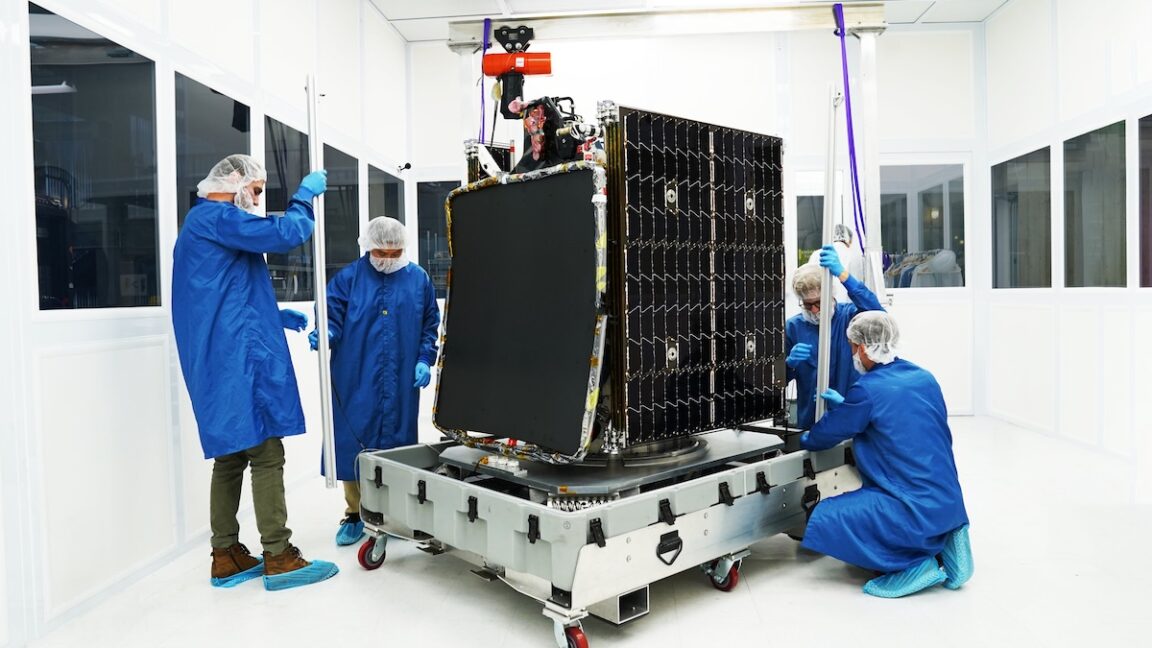
"So, we're off working now with that program office to go start off a more commercial line. And when I say commercial in this particular aspect, just to clarify, this is accomplishing the same GSSAP mission. Our operators will fly the GSSAP system using the same ground systems and data they do now, but these would be using faster, commercial build times... and cheaper, less expensive parts in order to bring that together in a faster sense."
"The next-gen GSSAP spacecraft may not meet the same standards as the Space Force's existing inspector satellites, but the change comes with benefits beyond lower costs and faster timelines. It will be unclassified and will be open to multiple vendors to build and launch space surveillance satellites, injecting some level of competition into the program."
"Purdy said the network is 'vulnerable' because the constellation has a relatively small number of satellites, at least relative to the Space Force's newest programs. In MEO, the satellites are within range of direct ascent anti-satellite weapons. Many of the GPS satellites are aging, and the newer ones, built by Lockheed Martin, cost about $250 million apiece."
"With the Resilient GPS program, the Space Force aims to reduce the cost to $50 million to $80 million per satellite. The satellites will be smaller than the GPS satellites flying today."
The Space Force is innovating in satellite technology by adopting a commercial model aiming for faster build times and reduced costs for its GSSAP mission. The next generation of satellites, while potentially not matching the existing standards, will allow competition among vendors and may facilitate sales to other nations. Moreover, the Space Force is also addressing vulnerabilities in its GPS satellite network by implementing the Resilient GPS program, which intends to decrease satellite costs significantly and produce smaller and more efficient units.
Read at Ars Technica
Unable to calculate read time
Collection
[
|
...
]